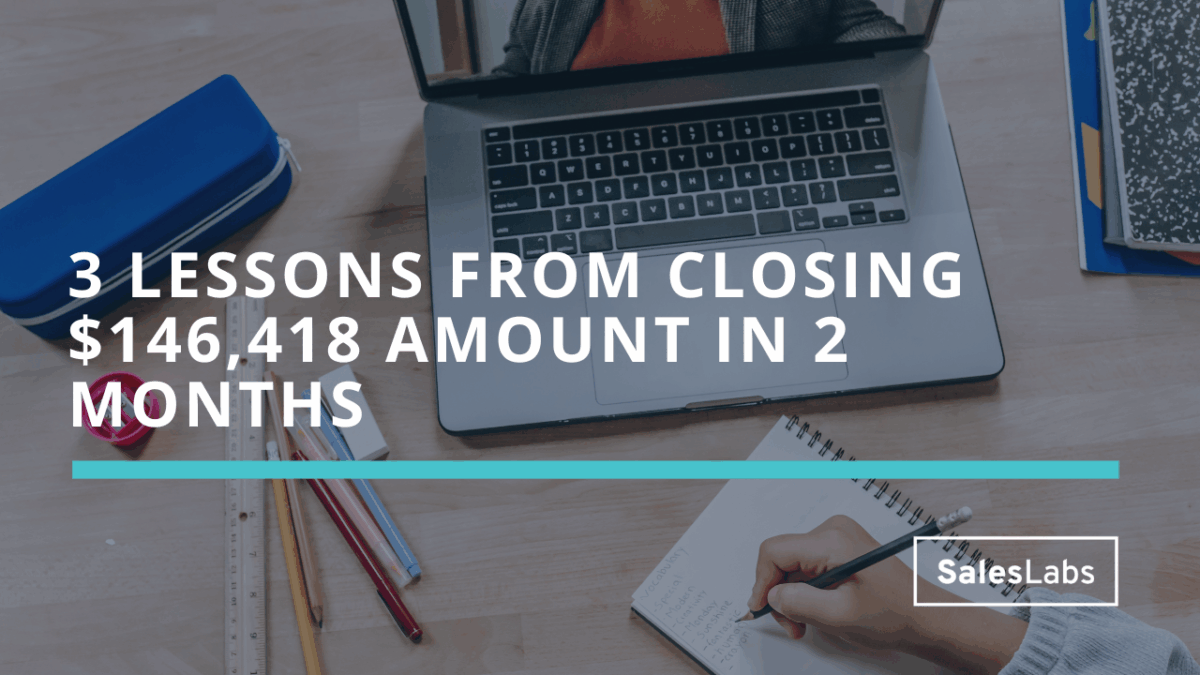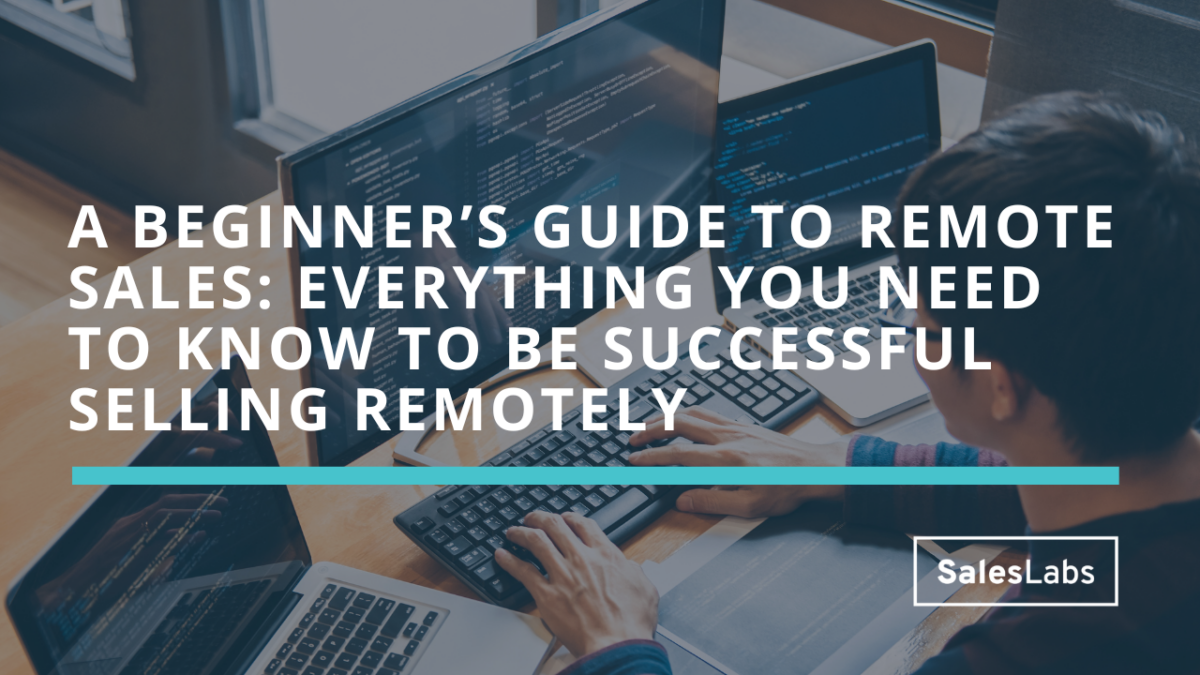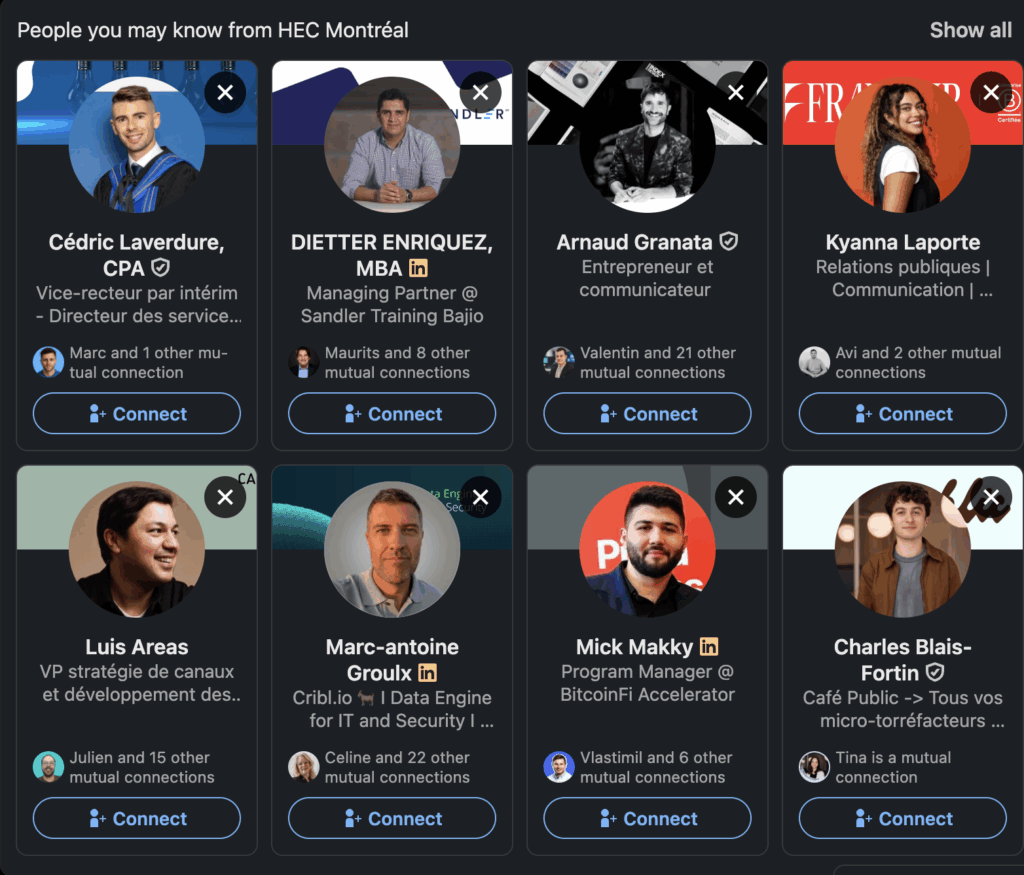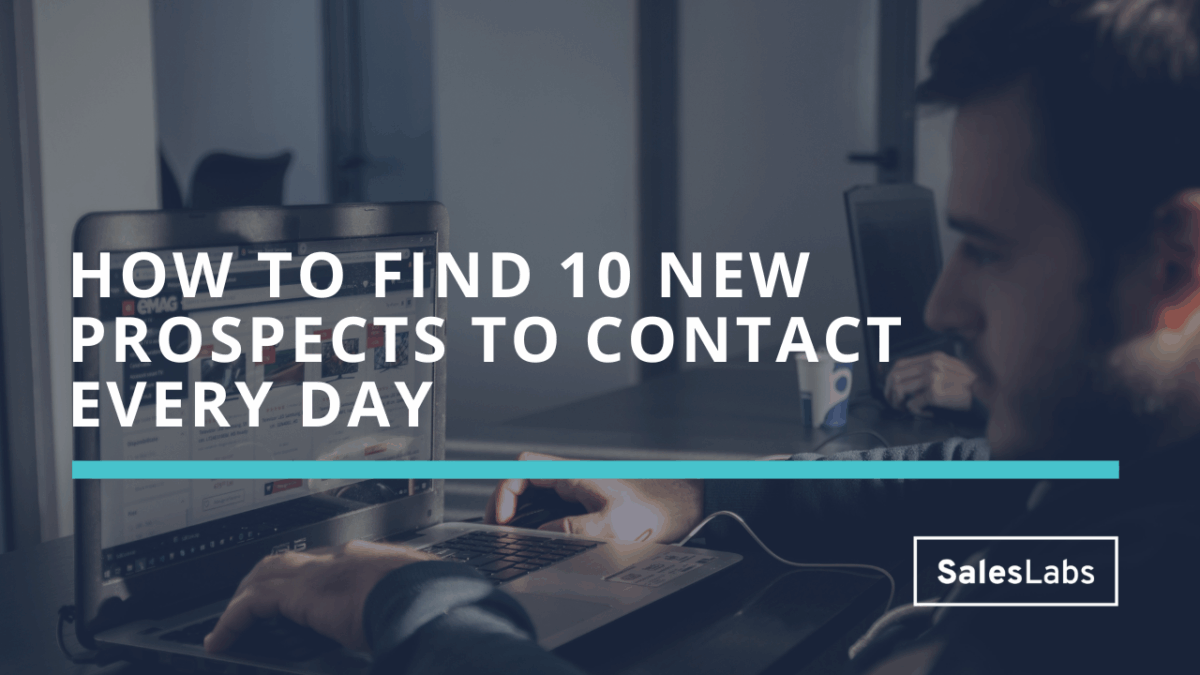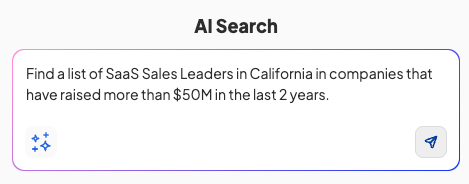3 timeless traits of successful SDRs
In today’s issue, I’m going to share the 3 timeless traits of successful SDRs.
I wrote a similar guide back in end of 2022 and while I was rereading it, I noticed that the traits of successful SDRs hadn’t changed at all.
When I started working in sales, being an SDR was just an entry-level job, and the ambition of most of them was to become an AE. Nowadays, being an SDR is an opportunity to create skills that can be used for a lifetime, document them, and open a sea of opportunities for financial, and personal development.
Here are 3 timeless traits of successful SDRs:
Trait #1: They protect their time
Being a successful SDR is 80% activity, and 20% creativity. Which means most of your time should be spent prospecting. Unfortunately, in most sales organizations, a big part of your day is wasted in meetings, chatters with colleagues, or breaks.
Successful SDRs know they won’t reach their targets if they don’t create a system to protect their time.
A good way to do so is creating time blocks. You can do it by identifying when you’re the most productive, and add a blocker into your calendar. I recommend adding 1 to 3 blocks of 60 minutes minimum per day. Ideally, your blocks should be at the same time every day, so your colleagues can predict when you’re available and when you’re not.
Here’s an example of a time-blocked schedule:

Trait #2: They prospect every day
Prospecting isn’t super glamorous. It’s a lot of repetitive tasks, yet it’s the lifeblood of every sales organization. If you can’t create enough activities, you won’t book meetings, and you’ll lose motivation.
Filling your time blocks with a constant flow of prospecting activities is how you avoid that problem. I recommend dividing your monthly goals into daily activity to get more control over your outcomes.
For example, if you’ve identified that you need to create 600 touchpoints (calls, emails, LinkedIn messages, etc.) per month, you need to divide it by the number of working days (in general 20 per month). In our example, you’ll need to create 30 (600/20) activities per day.
It’s a lot simpler to deliver 30 touchpoints per day every day than skipping days and having to play catch up.
Trait #3: They focus on the basics
There are a few basics when it comes to prospecting; knowing your Ideal Customer Profile, understanding their problems, and using them in your messaging.
A lot of SDRs I meet have no clue who their ICP are, what problems they are trying to solve, and how to communicate them properly. They end up pitching about their solutions, focusing on features, and getting no responses.
I recommend SDRs to build and ICP matrix (the type of company, and the job title), list problems and symptoms for each type of prospect, and use them heavily in their messaging.
Open your prospecting sequences and check if there’s any mention of what your solution does. If it’s the case, you’re most likely focusing on features, and killing your reply rates as a result.
And these are the 3 traits of successful SDRs in 2023 and beyond.
TL;DR:
- They protect their time
- They prospect every day
- They focus on the basics
Hope this helps.
And whenever you are ready, here are 2 ways I can help you:
→ Are you a brand trying to launch your first influence campaign? Book a strategy call and I’ll tell you everything I know.
→ Want to work with one the creators I represent? Go check the list and reply to this email if you want to know more.
Subscribe to the Newsletter
Get my free, 4 min weekly newsletter. Used by 5.400+ salespeople to book more meetings and work when, where, and how they want.
Subscribe to the Newsletter
Get my free, 4 min weekly newsletter. Used by 5.400+ salespeople to book more meetings and work when, where, and how they want.
